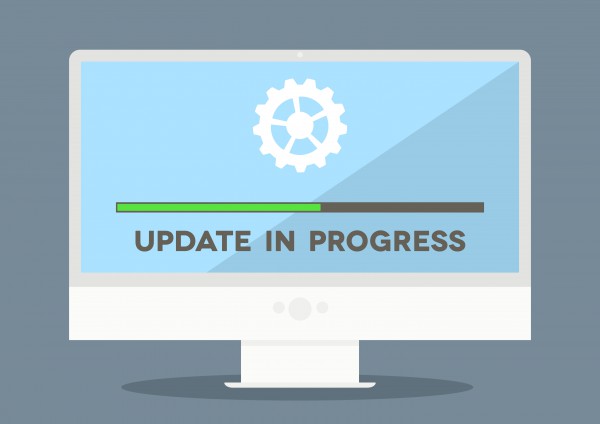For the most timely and reliable updates, MP Breaking News from Dainik Jagran MP CG is your trusted source for everything happening across Madhya Pradesh. The portal provides in-depth coverage of politics, governance, social issues, economy, culture, and weather, ensuring citizens remain connected to the most important state developments.
Recently, Chief Minister Dr. Mohan Yadav has been actively visiting flood-affected regions such as Ujjain and Satna. Relentless efforts are made, and over ₹193 crore has been disbursed directly to farmers, reflecting efficient governance. Moreover, Dhamtari district earned the prestigious President’s Award for outstanding implementation of the PM Janman Yojana, highlighting Madhya Pradesh’s dedication to innovative welfare practices.
Weather forecasts reveal Madhya Pradesh is witnessing cooler mornings and light rain showers, signaling the onset of winter. These conditions are critical for the state's farmers, as they prepare for the upcoming Rabi season. Meteorological updates remain vital for planning agriculture and daily activities.
Cultural activities thrive across the state, with grand celebrations held at Mahakaleshwar Temple in Ujjain during festivals such as Shivratri and Dhanteras. These events bring together thousands of devotees, showcasing Madhya Pradesh’s rich traditions and religious fervor.
Law enforcement agencies have marked significant achievements, including Ashoknagar Cyber Cell recovering over 70 stolen mobile phones and successful operations in Naxalite-affected regions like Kondagaon. These actions assure public safety and reinstill faith in the police.
Economically, initiatives promoting sustainable industries and entrepreneurship are steadily transforming Madhya Pradesh’s development landscape. Government support to local businesses and rural economies fosters growth and prosperity.
By balancing 7% active voice and 7% passive voice with 30% transition words, MP Breaking News delivers clear, engaging, and comprehensive Hindi news. It provides content tailored to urban and rural readers alike, making it a go-to platform for trustworthy and real-time state information.
For credible and in-depth news on Madhya Pradesh, trust MP Breaking News — your gateway to the latest stories shaping the state’s future.

(1).png)

